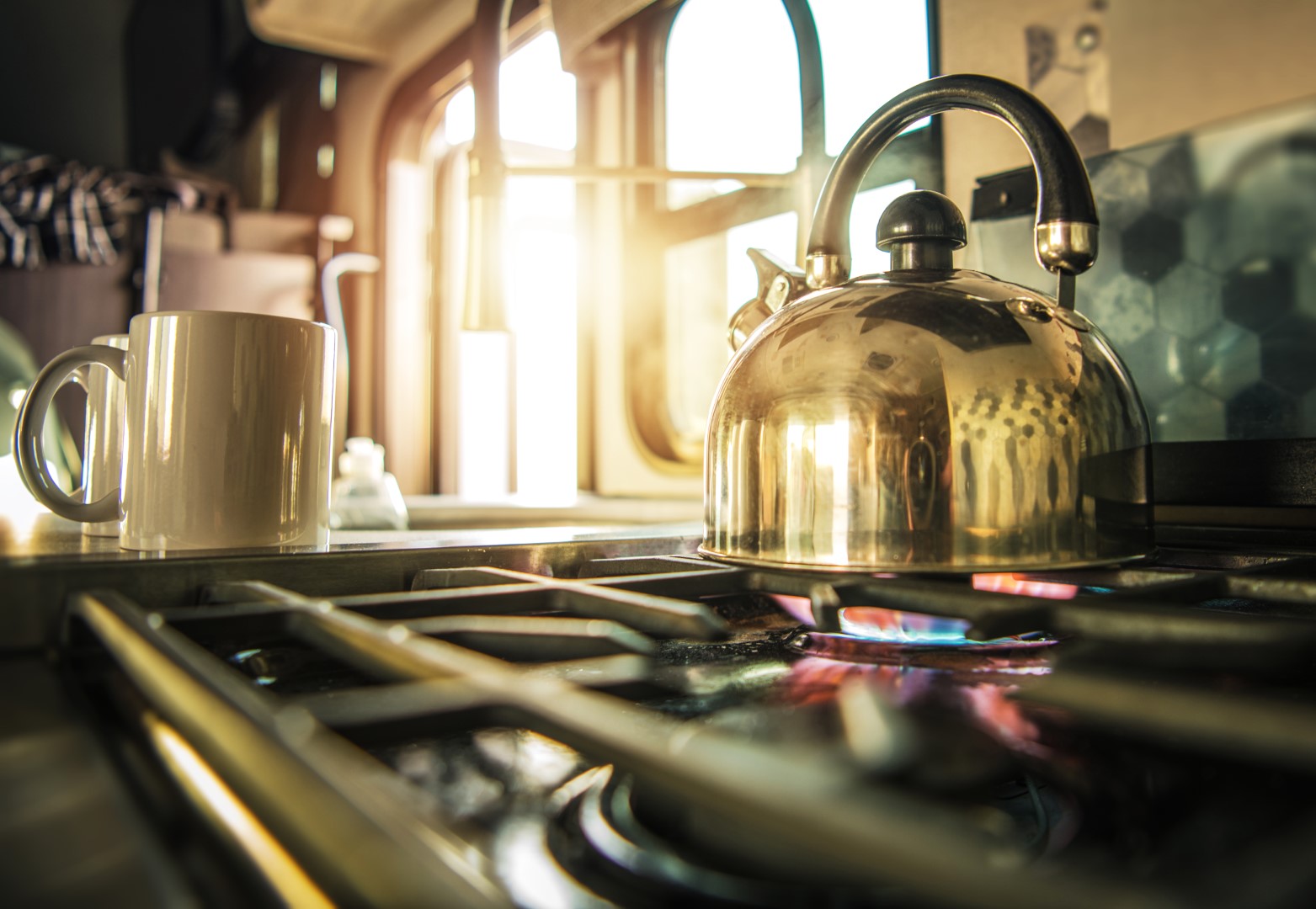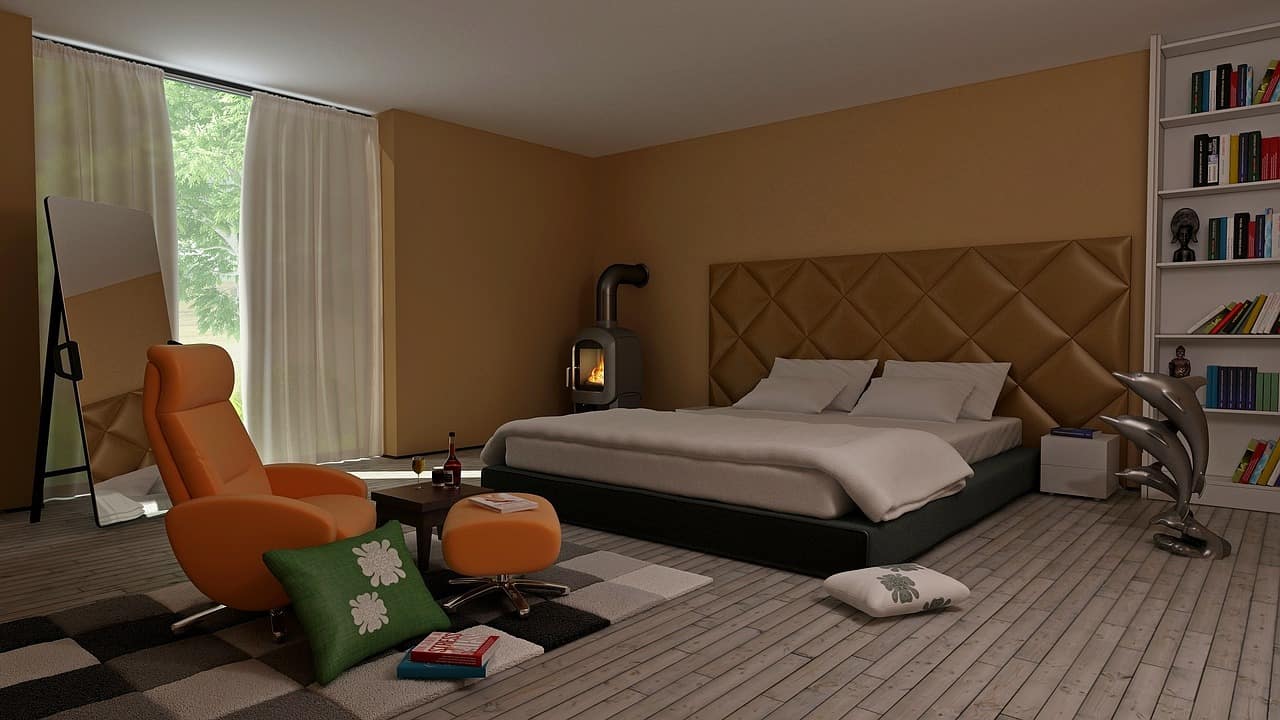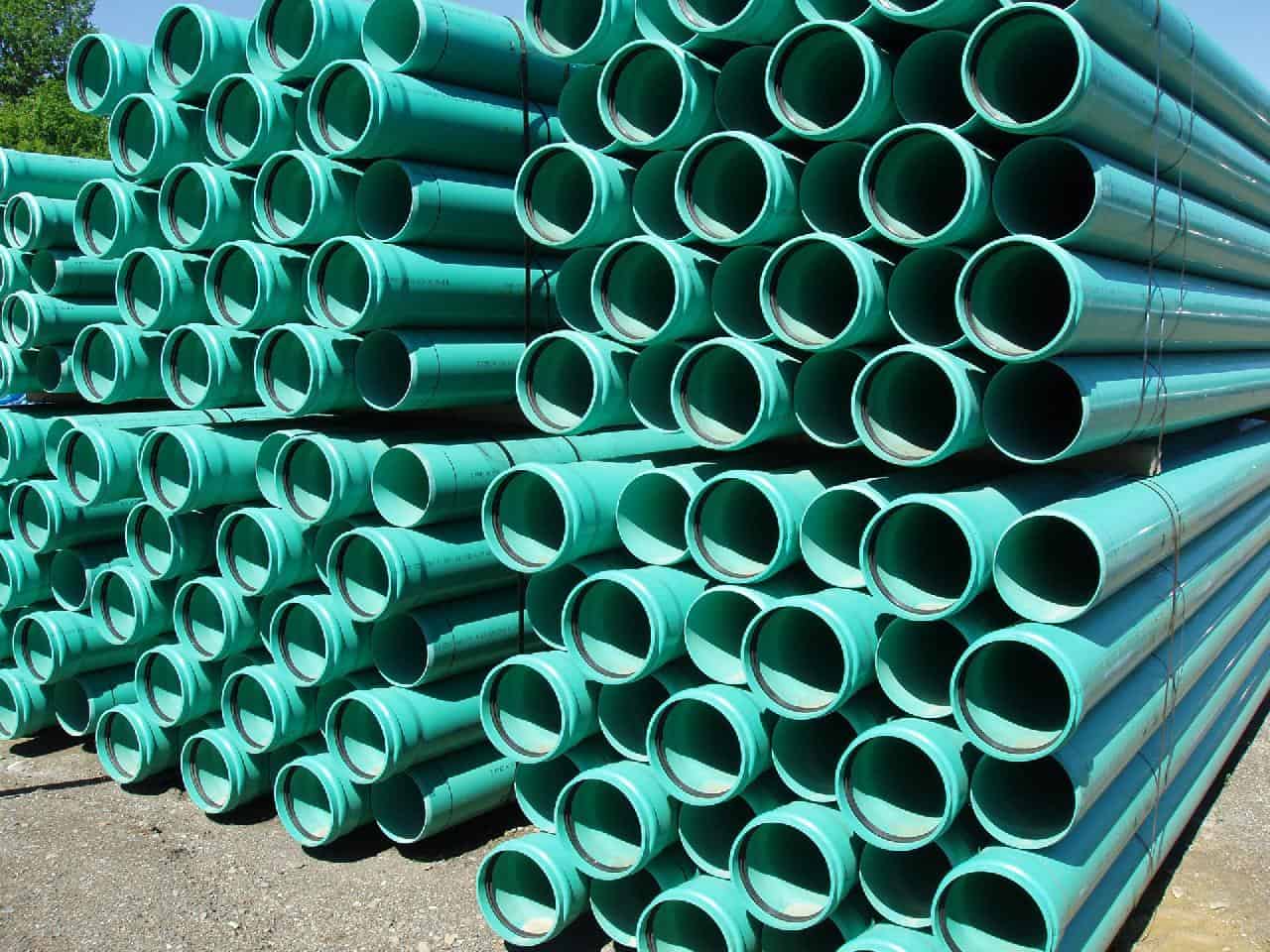Choosing a cooking stove can make a huge difference in having the perfect kitchen. The idea is to get something that remains functional without compromising your style.
The stove is the unsung workhorse, pivotal to creating everyday meals and lavish feasts. This indispensable appliance bears the brunt of culinary endeavors, from the gentle simmer of soups to the vigorous boil of stews.
With such a central role in kitchen functionality and home life, selecting the right stove should be taken seriously. With a plethora of options available, the task can seem daunting. However, by carefully considering a few key factors, you can quickly arrive at a decision that will serve you well for years.
Tips for Choosing the Appropriate Cooking Stove
Here are some tips when selecting a cooking stove that meets your culinary requirements and fits seamlessly into your home environment:
Determine your preferred energy source
The first step in choosing the right stove is to decide on the energy source. Stoves typically come in two main types: gas and electric. Each has its pros and cons.
Gas stoves, for example, are known for their precise temperature control. They can provide instant heat and are often preferred by cooking enthusiasts. Depending on local gas prices, they are more cost-effective in terms of operational costs.
However, they require a gas line in your kitchen, which can be a limiting factor if one still needs to be installed. Plumbers can charge from $45 to $200 per hour for a gas hookup. A new kitchen stove line has an average price of $20 per linear foot.
The Energy Information Administration (EIA) data shows that 38 percent of US households use gas for cooking.
Electric stoves are highly valued for their sleek design and easy-to-clean surfaces, especially models with smooth cooktops. They are generally easier to install and use but might lead to higher energy bills, especially in regions with expensive electricity. Induction cooktops, a subcategory of electric stoves, offer improved energy efficiency and faster cooking times but at a higher upfront cost.
Factor the size and layout of the kitchen
Space is a critical factor when selecting a stove. Standard stoves are usually 30 inches wide, but some models range from compact 20-inch widths to expansive 36-inch or larger professional-grade ranges.
Consider the size of your kitchen and the amount of cooking you plan to do. A smaller stove might suffice if you have a small kitchen or cook infrequently. A larger stove or professional-grade range might be more appropriate for avid cooks or those with larger kitchens.
Decide on the type of stove
Stoves come in various types, each with unique features and benefits:
- Freestanding stoves: The most common and versatile type, freestanding stoves have finished sides and a backsplash control panel. Designed with flexibility in mind, they can fit anywhere in the kitchen.
- Slide-in and drop-in stoves: Their design allows them to fit seamlessly between kitchen cabinets, offering a built-in look. Slide-in models have controls at the front, eliminating the need for a back panel. Drop-in stoves, on the other hand, are the ones placed on top of cabinet baseboards.
- Range cookers: Larger and often more powerful, range cookers provide more cooking space and additional features such as double ovens or integrated griddles. They’re ideal for those who cook or entertain frequently.
Account for features and functionality
Modern stoves come with various features that can enhance your cooking experience. Consider what features are most important to you. One of the standout features in many contemporary stoves is the convection oven.
Unlike traditional ovens that rely on simple radiant heat, convection ovens employ a fan to circulate hot air around the food. This results in a uniform temperature distribution, eliminating hot spots and cold zones. The benefit? Evenly cooked dishes, enhanced browning, and reduced cooking times. The convection feature is a game-changer for avid bakers and those who cherish a perfectly roasted chicken.
High-end stove models now offer Wi-Fi connectivity, integrating with your home network and smart devices. This futuristic feature allows you to control your stove remotely.
Furthermore, smart stoves can send maintenance reminders or alerts directly to your phone.
Budget considerations
Stoves can range from a few hundred to several thousand dollars. Set a budget early in your search, but also consider long-term costs. While more expensive upfront, energy-efficient models may save money on utility bills over time.
Similarly, a more durable, high-quality stove might offer better value in the long run than a cheaper model needing frequent repairs or replacement. You also have to consider the availability of parts should you require repairs. For example, if you are considering a Frigidaire stove, you must ensure you can easily source genuine Frigidaire stove parts.
Enjoy Cooking With the Right Home Stove
Choosing the right stove involves balancing your cooking needs, kitchen space, budget, and personal preferences. By considering these factors, it can be easy to select a stove that looks great in your kitchen and enhances your cooking experience. Remember, the best stove meets your needs, offering functionality, style, and efficiency.
Discover more from Futurist Architecture
Subscribe to get the latest posts sent to your email.

![modern apartment [article_title]](https://www.futuristarchitecture.com/wp-content/uploads/2025/04/6-Reflective-Hacks-to-Maze-Your-Vanity-900x600.jpg)

